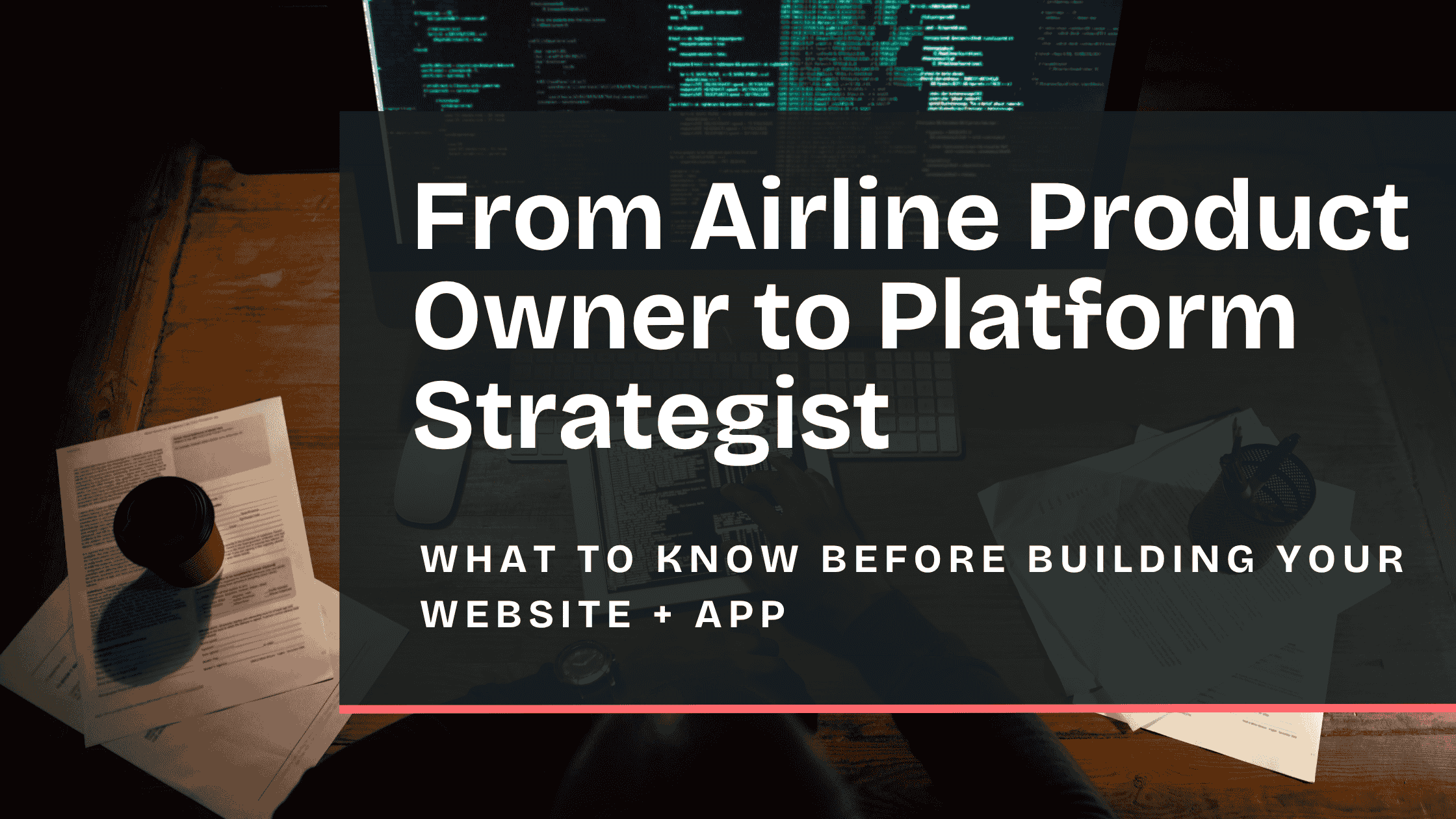When I was a product owner at a global airline, I worked on large-scale digital initiatives that crossed departments, platforms, and systems. We weren’t just building new features – we were aligning strategy, untangling tech, and making sure everything we built had a clear business case behind it.
These days, I run a business focused on website strategy and optimization. But recently, I’ve had more clients pull me in for deeper platform strategy – helping them figure out what’s not working across their site, app, and integrations.
If you’re building a platform that includes:
- A front-end marketing website
- A custom web application or member portal
- Third-party integrations (email, analytics, referrals, payment tools…)
…here’s what I recommend you consider from day one.
1. Think in Systems, Not Silos
Your marketing site, app, and backend tools shouldn’t feel like separate planets. Users don’t care what’s built in WordPress vs. React vs. whatever – they want a seamless, trustworthy experience.
Ask yourself:
- Does the navigation feel consistent across all parts of the platform?
- Are users tracked across tools or dropping off between steps?
- Do they have to create multiple logins?
- Is branding + messaging consistent through the full journey?
Tip: Map the full end-to-end experience – from first ad click to app login to email follow-up – before you finalize your tech stack.
2. Build for Scalability from the Start
It’s easy to duct-tape a V1 together. But if you’re planning to grow, your decisions now will either unlock momentum – or create a nightmare six months in.
Plan ahead for:
- Account management (What happens when someone upgrades or switches tiers?)
- Team access (Can users invite others? Will they need to in the future? Will permissions scale?)
- Data handoff (Can your app send key events to your CRM, analytics, or email system?)
Tip: Don’t just ask “Can this tool do it?” Ask, “Can this tool grow with us and still work when we have 10x the traffic or users?”
3. Integrate Your Tech… Strategically
Look beyond integration capability – focus on how your tools work together to support the user journey.
Here’s where I see things fall apart:
- Events aren’t tracked across platforms, so data gets fragmented
- Email sequences fire out of order because the logic is unclear
- Referral platforms are bolted on, but users don’t understand how to share or earn rewards
Tip: Choose tools based on the workflow you want to create – not just the features on the sales page.
4. Make CRO Part of the Build—Not an Afterthought
Conversion Rate Optimization (CRO) isn’t something you layer on later – it should shape the entire build.
That means:
- Clear, focused calls to action on every page
- Intuitive navigation that matches what users are trying to do
- Landing pages built for testing and iteration
- App flows that prioritize activation, not just login
Tip: Don’t settle for a pretty website or polished app. Build something that gets people to take action.
5. Design for Real People, Not Internal Stakeholders
Sometimes platforms get overdesigned around what the team wants to see – instead of what real users need. That’s a fast way to lose trust and create friction.
Instead:
- Test your flow with real users (even if it’s scrappy)
- Prioritize clarity over cleverness
- Reduce clicks wherever possible
- Use content and visuals that build trust
Tip: Ask yourself – What’s the one thing this page is trying to get someone to do? Then design around that.
Final Thoughts: The Overlap Is Where the Problems Can Hide
In my experience – whether it’s a giant airline or a scrappy startup – the biggest issues aren’t in the tools themselves. They show up in the overlap between tools, teams, and decisions.
That’s the gap I help close.
If you’re building (or rebuilding) a platform and you’re not sure whether it’s set up to scale, convert, or even make sense to users – I can help you find the blind spots before they become blockers. Let’s chat!





